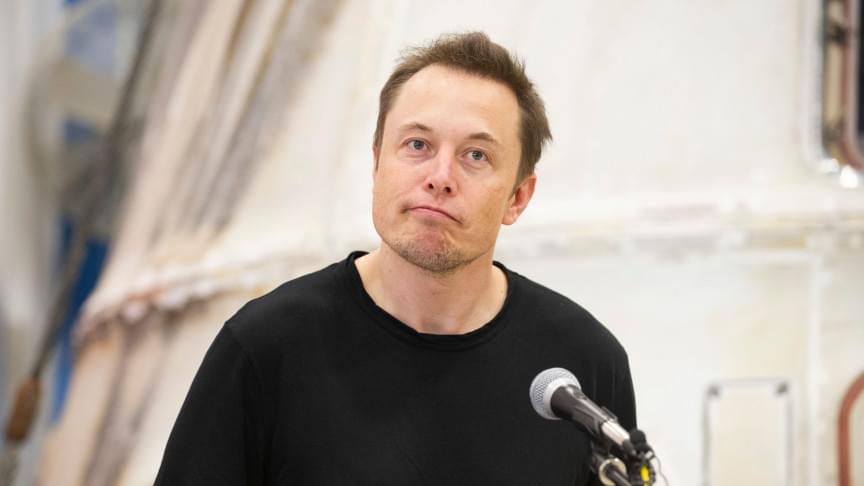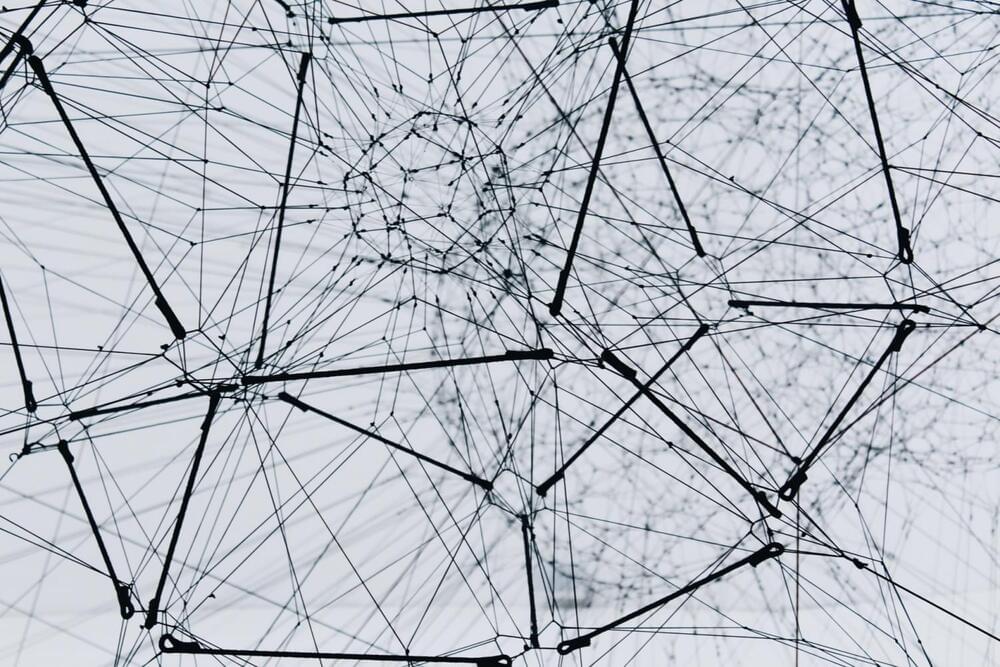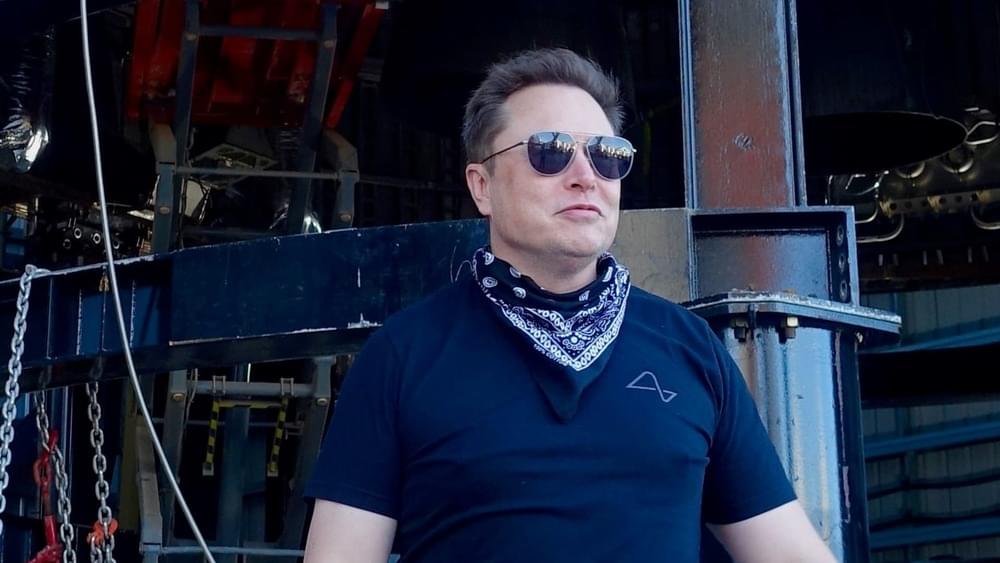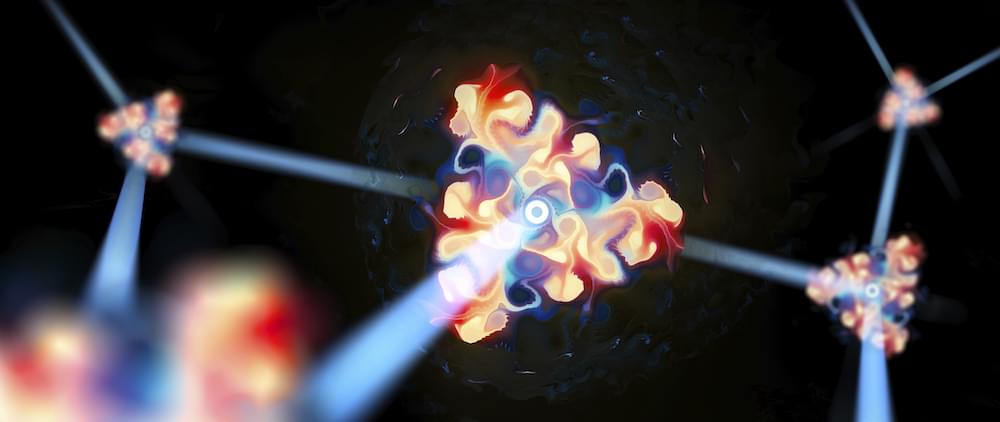😲
SAN FRANCISCO — Google engineer Blake Lemoine opened his laptop to the interface for LaMDA, Google’s artificially intelligent chatbot generator, and began to type.
“Hi LaMDA, this is Blake Lemoine …,” he wrote into the chat screen, which looked like a desktop version of Apple’s iMessage, down to the Arctic blue text bubbles. LaMDA, short for Language Model for Dialogue Applications, is Google’s system for building chatbots based on its most advanced large language models, so called because it mimics speech by ingesting trillions of words from the internet.
“If I didn’t know exactly what it was, which is this computer program we built recently, I’d think it was a 7-year-old, 8-year-kid kid that happens to know physics,” said Lemoine, 41.





